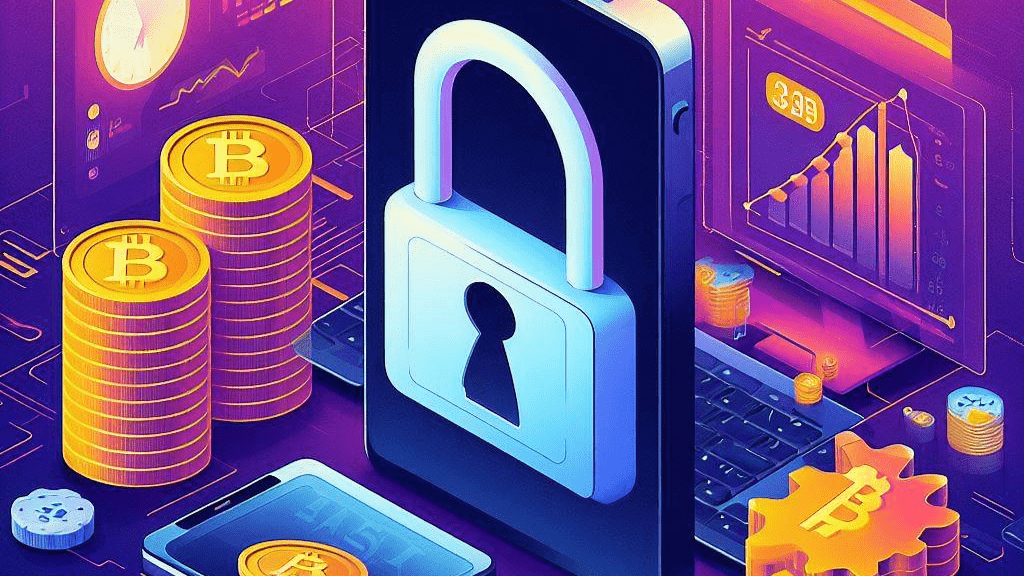
In a notable turn of events, Blast, a significant player in the Ethereum-based DeFi space, finds itself in the limelight after securing nearly $350 million in assets, including ETH, USDT, and DAI. While the influx of funds underscores the platform’s popularity, it has also sparked heightened security concerns within the crypto community. Critics and industry observers have raised alarms, particularly regarding the absence of fundamental features such as a testnet, transactions, bridge, rollup, or direct transaction data transfer to Ethereum.
Unveiling Vulnerabilities: The No-Limit Withdrawal Challenge
The security debate gained momentum as critics, including Polygon Developer Relations’ Jarod Watts, scrutinized Blast’s code. Notably, the platform’s architecture allows for no-limit withdrawals of the total staked funds, a feature that has triggered apprehensions about potential mismanagement or misuse of the locked assets. Watts pointed out that lacking standard Layer 2 (L2) features, investors are essentially entrusting a small group with the integrity and security of their assets.
This situation underscores broader transparency issues and intensifies the call for regulatory scrutiny within the rapidly expanding DeFi sector. A specific function in Blast’s code, known as “enableTransaction,” enables the extraction of substantial token amounts, potentially by any Externally Owned Account (EOA) wallet, without any withdrawal limits. This capability not only places user assets at risk but also brings regulatory oversight to the forefront, emphasizing the need for clearer guidelines in the crypto market.
Blast’s Response: Clarifying the Security Model
In a bid to address mounting concerns, Blast has taken to social media to elucidate its security model. The platform contends that security is a multifaceted endeavor, encompassing dimensions such as smart contract security, browser security, and physical security. Blast challenges the conventional belief that immutable smart contracts, often perceived as more secure, are infallible, pointing out that they can pose significant risks, especially in complex agreements. The platform advocates for upgradeable contracts, acknowledging potential vulnerabilities but emphasizing the adaptability they offer in response to exploits.
Multisig Security and Independent Management
Highlighting the effectiveness of multisig (multiple signatures) security, a feature also employed by other L2 solutions like Arbitrum, Optimism, and Polygon, Blast asserts that each signing key in its multisig setup is independently secure. These keys are stored in cold storage, managed by separate entities, and geographically dispersed, aiming to fortify the platform’s resilience against diverse security threats. In response to ongoing concerns, Blast plans to transition one of its multisig addresses to a different hardware wallet provider within a week. This strategic move aims to reduce reliance on a single type of hardware wallet, mitigating the risk of compromise in case of a hardware-specific vulnerability.
While Blast’s responses attempt to provide clarity, the crypto community remains skeptical. Critics question the reliance on multisig setups without timelocks or full transparency, drawing unfavorable comparisons to traditional financial systems.
Navigating DeFi’s Evolving Security Landscape
The security discourse surrounding Blast serves as a microcosm of the broader challenges and considerations within the decentralized finance space. As the DeFi sector continues to witness rapid growth, the need for robust security measures, transparent protocols, and regulatory adherence becomes increasingly evident. Blast’s journey, marked by its proactive responses and the crypto community’s vigilance, reflects the dynamic nature of security in an ever-evolving decentralized ecosystem. In navigating this landscape, stakeholders grapple with the delicate balance between innovation, user protection, and regulatory expectations.


Get the latest Crypto & Blockchain News in your inbox.